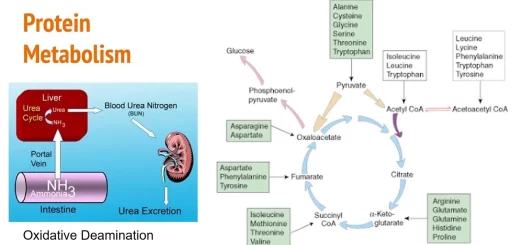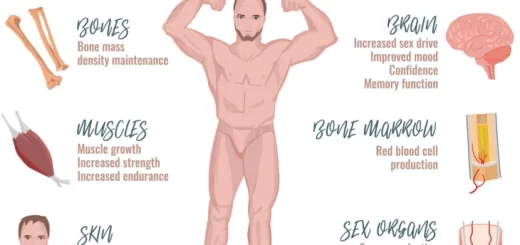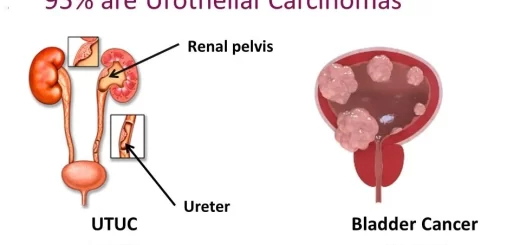Mechanisms of cardiac reserve, cardiac work and oxygen consumption by the heart
Cardiac reserve is the difference between the cardiac output in a maximum activity and the output under basal condition. This can be achieved by increased coronary blood flow, & increased coefficient of oxygen utilization (oxygen extraction ratio) by the myocardial cells to the extent that during severe muscular exercise the coronary venous blood may be deprived from its oxygen.
Mechanisms of cardiac reserve
1. The increased heart rate
There is a heart rate reserve of about 125 beats/min (the heart rate can increase from a resting value of 75 beats/min to up to 200 beats/min during severe muscular exercise). This is due to:
- Increased sympathetic activity.
- Increased venous return with stimulation of the right atrium stretch receptors.
- Increased body temperature.
Maximum heart rate during exercise decreases with age. It is about 200 in children and 195 or less in adults. In elderly, the rise in heart rate is even smaller. The limitation in increased heart rate is that it may increase too much to the extent that it may shorten the diastolic time and interfere with the cardiac filling. Therefore, the stroke volume is decreased. The decreased diastolic time also affects the coronary circulation, which perfuses the heart mainly during diastole.
2. Stroke volume reserve
The stroke volume can be increased in muscular exercise through different mechanisms:
- Cardiac dilation: the increased venous return during exercise increases the end-diastolic volume, then by the Starling law the strength of contraction increases, thus increasing the stroke volume.
- Sympathetic stimulation: the increased sympathetic discharge in exercise increased the force of myocardial contraction & increases the stroke volume.
The limitation of the cardiac dilation: if it increases so much It may decrease the force of contraction. In non-athletes, the observed increase in cardiac output during muscular exercise depends in the first place on the increased heart rate, and to a much lesser extent on the limited increase in the stroke volume.
The increased stroke volume is brought about through a smaller end-systolic volume. Trained athletes during rest have a lower heart rate and a greater stroke volume. Thus, they have a better ability to increase their cardiac output during exercise by increasing both heart rate and stroke volume to a greater extent than untrained persons.
3. Hypertrophy of the cardiac muscle
Hypertrophy of the cardiac muscle occurs when the heart is exposed to a sustained and prolonged load. It occurs by increased size of the ventricular muscle cells.
Physiological cardiac hypertrophy occurs in athletes and reaches its maximum in athletes specialized in endurance muscle exercise (e.g. long-distance runners).
Physiological cardiac hypertrophy is accompanied by cardiac dilation. The EDV may increase up to 300ml, the force of contraction increases, and the ESV decreases so much.
The limiting factor in hypertrophy is that the coronary blood flow is not increasing in parallel with myocardial hypertrophy so relative cardiac ischemia may develop due to inadequate perfusion of the cardiac cells.
Cardiac work
The heart performs two types of work:
1- Pressure volume work (pumping work)
This is the work needed to pump a certain volume of blood (cardiac output) against the arterial blood pressure resistance. It consists of left ventricular work, which is normally about 6Kg meter/minute at rest, and right work, which is about 1/6 of that of the left ventricle, since aortic pressure is six-seven times (100 mm Hg) the pulmonary pressure (15 mm Hg)
2- Kinetic work
O2 consumption by the heart
- Intra myocardial tension.
- The heart rate: The O2 correlates with a ventricular beat per minute. By sympathetic stimulation, O2 consumption per unit time increases because the heart rate increases.
- Cardiac work. The cardiac work= stroke volume X mean arterial blood pressure. The O2 consumption by the heart increases if the pressure load (afterload) or the volume load (preload) increases.
- Contractile state of the myocardium: Increasing contractility increases oxygen consumption by the heart.
Heart & Pericardium structure, Abnormalities & Development of the heart
Electrocardiogram (ECG) importance, ECG test results, analysis & abnormalities
Factors affecting cardiac output, Stroke volume, Heart rate & blood pressure
Cardiovascular system, Blood pressure regulation, Heart rate & its regulation
Cardiac cycle importance, phases, diastole & systole, Aortic pulse curve & jugular venous
Anatomy of the circulatory system, Vascular system, Arteries of head and neck



